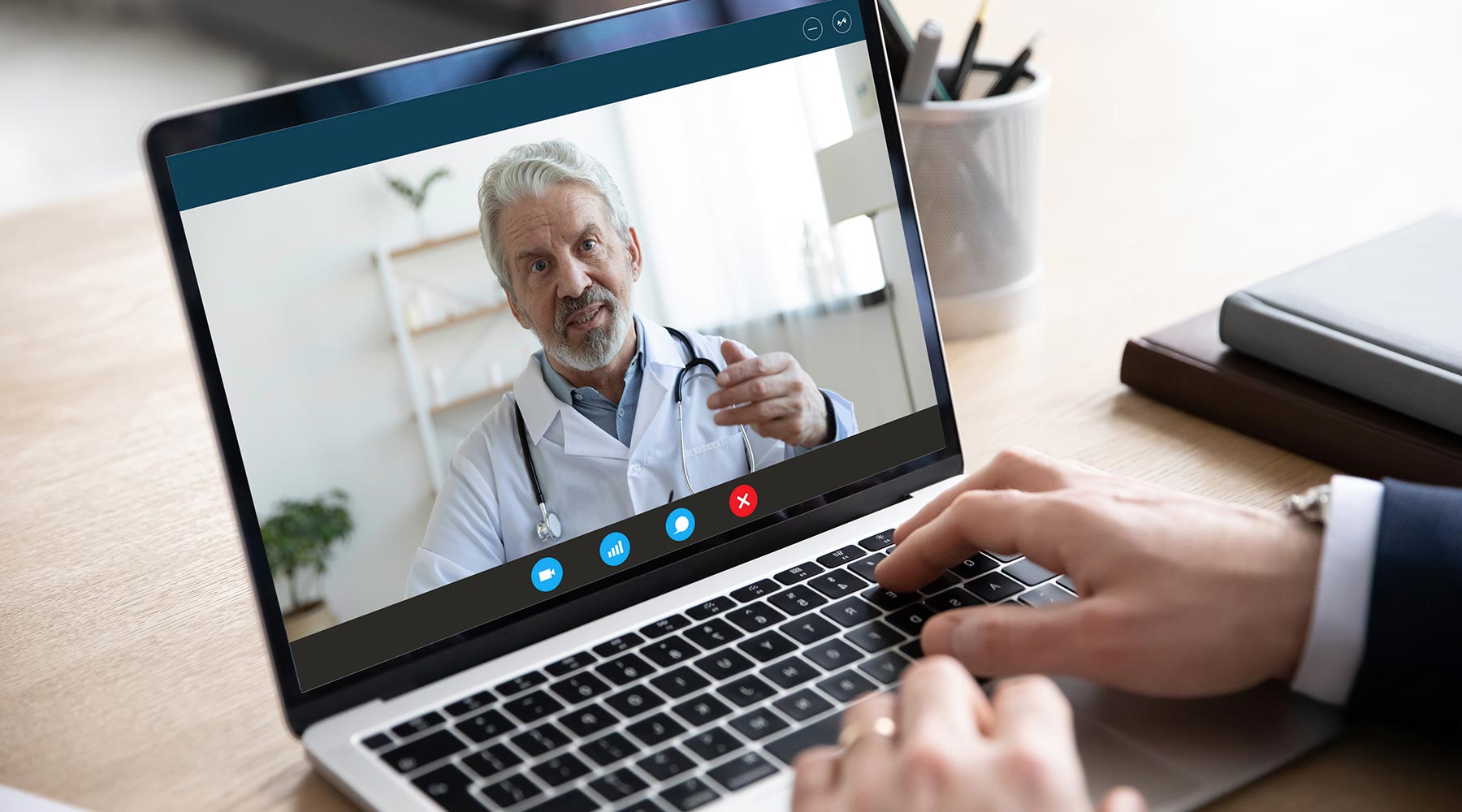Supporting Providers in the Age of Telehealth

It’s a Matter of Experience
Before the age of COVID-19, telehealth technologies were sparsely used and akin to “another cool development” for most healthcare providers. Lovers of technology may have been fascinated with the potential of telehealth while old-schoolers preferred to keep things just the way they’ve worked for years. Medicare, Medicaid and insurance companies were stingy with reimbursements for anything but in-person care, and government regulations kept easy telehealth implementation out of reach for most providers.
That all changed in the spring of 2020 when the coronavirus crisis spread like wildfire around the country.
As emergency orders at the federal and state levels went into action and payers offered reimbursements to accommodate just about any and all good-faith efforts of healthcare, telehealth programs swung into action. According to McKinsey & Co., providers are “seeing 50 to 175 times the number of patients via telehealth than they did before” COVID-19. Before the pandemic, total annual revenues of telehealth companies in the country hovered around $3 billion. McKinsey estimates that up to $250 billion of US healthcare could move to telehealth in the future.
Although most healthcare organizations embracing telehealth have had positive responses, some providers may still be wary. Here are some tips to get them on board.
Try It, You’ll Like It
In many cases, healthcare providers may be skeptical simply because telehealth is a new experience for them. The idea of speaking with and examining a patient virtually can seem impersonal and daunting. That’s why it can be beneficial to give providers an opportunity to try telehealth technologies on a smaller scale to experience some success.
With accelerated adoption of telehealth today, it’s easier to find successful telehealth applications to learn from. The Telehealth Resource Center is a national consortium of telehealth resource centers that provide consultation, resources and news at no charge to provider organizations.
By offering training and tools to your providers, you can encourage them to try telehealth solutions. The results will speak for themselves.
Focus on Biggest Successes
Certain areas of medicine seem particularly suited for telehealth technology success. Helping providers in these areas implement programs first may accelerate your organization’s overall acceptance of telehealth.
Mental Health
As the need for mental health services has increased during the pandemic, using both telephone and video connections have proven to be effective and efficient. According to the American Psychiatry Association, telehealth can increase access for rural patients, integrate mental health and primary care, improve continuity of care, eliminate job and transportation barriers, and reduce the stigma of seeking help.
Specialist Access
According to Becker’s Health, one of the best uses of telehealth technology is helping patients connect more easily and frequently with needed specialists. Many rural healthcare facilities do not have a need for full-time specialists; however, when those specialists are required, telehealth allows patients to connect quickly to obtain necessary healthcare.
Remote Patient Monitoring
Although many providers would like to keep closer tabs on patients recovering from surgeries or emergency room visits as well as those suffering from chronic disease, this can be a challenge. Inpatient care is expensive, and patients may not adhere to follow-up appointments.
According to HealthTech, that’s where remote patient monitoring can play a significant role. Patients can be sent home with wearable devices, which send regular data to the provider’s office or a nursing station where a healthcare professional can view results as often as needed. Parameters can also be set so alarm notifications can be immediately sent if a worrying condition presents itself.
Share Creative Ideas, Unexpected Successes
Whether providers find new ways to interact with patients, creative ways to evaluate a condition virtually, or experience an unexpected success, find ways to share those stories among your staff.
For example, some providers have noted that patients are often more relaxed and comfortable in their homes, providing a greater insight to their daily surroundings. Others have found ways to educate patients by making observations about their home or pets.
Healthcare providers on call have taken urgent telehealth appointments in the middle of a bike ride; farmers have dialed in for wellness appointments from their combines in the field. Many healthcare organizations have seen no-show and cancellation rates drop to nearly zero because typical barriers such as transportation or work-related reasons are removed.
Telehealth and Malpractice Insurance
Before establishing telehealth services, be sure to check with your professional liability provider about what coverage exists on your current policy. NOW Insurance offers comprehensive coverage of telehealth services just as if they were in-person visits. Affordable and simple insurance is available to healthcare practitioners and allied health workers through our organization for medical malpractice.
NOW’s cyber liability insurance can also protect your organization from cyber-attacks and data breaches, which may be more of a concern when you offer telehealth services at your facility.
Private practices, clinics, hospitals and other medical facilities may also want to consider purchasing general liability coverage. Get an immediate quote from our quick and easy online application today.